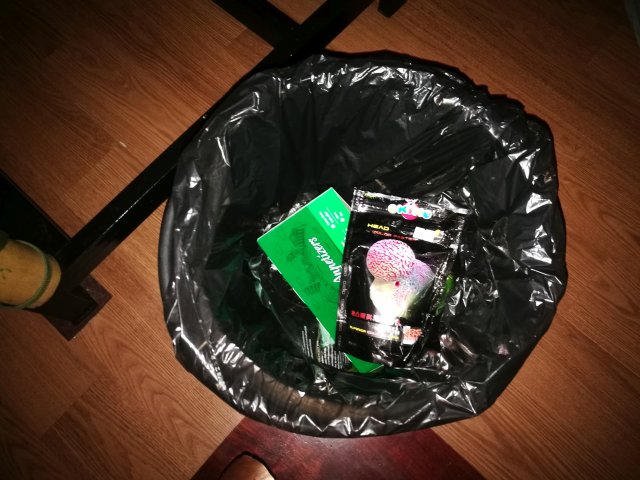However much my flowerhorns love frozen bloodworms, I swear never to it to them ever again....I believe they can transmit parasites. Considering the effort I put into the care of these valuable fish, when they started falling ill, the only source came down to the frozen bloodworms. I found the safest treat was freeze dried bloodworms & shrimps.
Ultimately, a good quality staple diet along with pristine water will keep them happy.
Not sure yet but yesterday saw that my Kamfa might have HITH -- I mostly feed pellets but every 2 or 3 days I give some frozen bloodworms for one meal -- I wonder if he got a parasite from the bw's...Maybe better to avoid as you suggest. Unfortunately freeze dried fish food isn't easy to find where I live.



